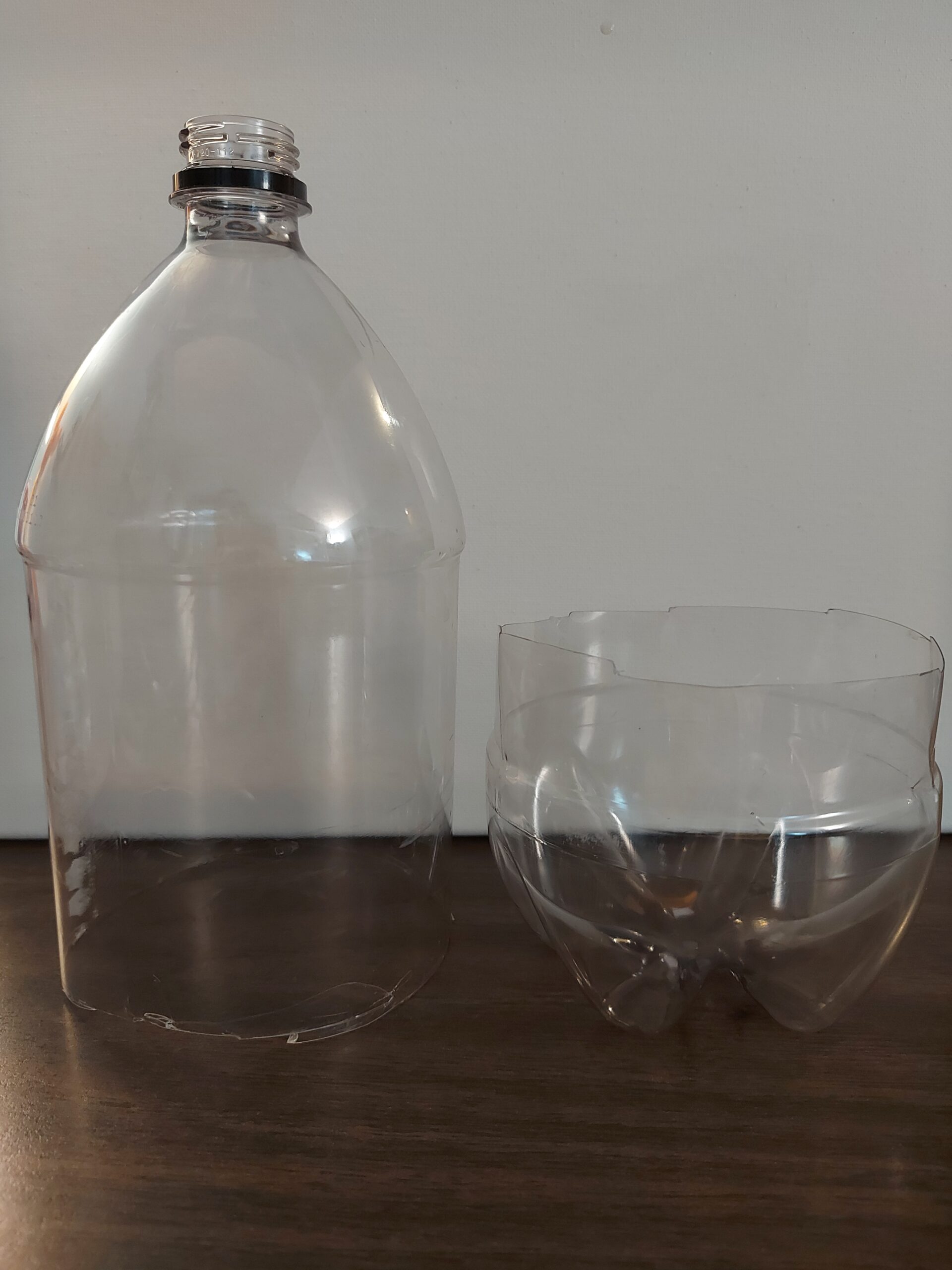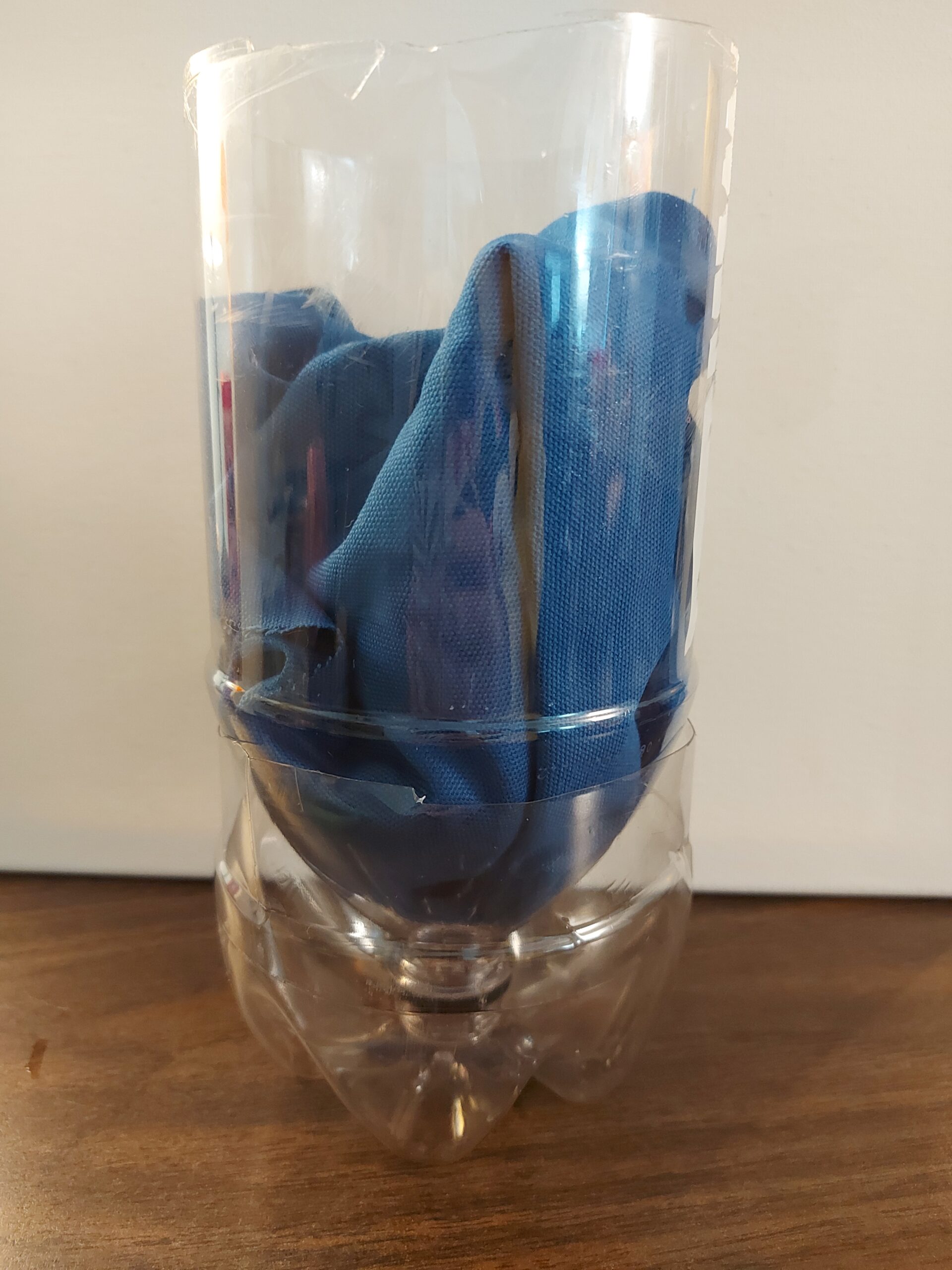In this activity, students will compete in groups to make the most effective filtration system for clarifying dirty water. While, this activity does not filter the water to reach drinking standards, it does help students explore the first stage of water treatment— filtration.
Clean water for us to drink is not always easy to find without us having to treat it first. The water that comes out of our taps in British Columbia goes through two types of treatment. It goes through physical filtration and chemical disinfection and is sampled before it is declared safe to drink.
The origin of our water is very important for our understanding of how we get our clean water. Most towns and cities get their water from lakes and rivers.
In Metro Vancouver, citizens get their water from three watersheds in the mountains. This water comes from both precipitation and ice melting from the mountains. In British Columbia, we are very lucky to be so close to the source of our water.
In the prairies, many cities get their water from rivers, where the water has travelled from glacial mountains, down streams and into rivers, picked up sediment, is then treated and used in one city, turned into wastewater and treated again, as it flows downstream, from city to city. The closer a city gets its water from its source the less chance there is for the water to have become dirty or contaminated.
Water for human use is collected in reservoirs or containment areas, then, the water flows into tanks with sand or gravel for physical filtration. After physical filtration, even if the water looks clear, it does not necessarily mean that it is safe to drink. Water that is untreated or dirty can make us very sick, this is because there may be harmful microorganisms present. Chemical disinfection is done, using chemicals such as ozone, chlorine, or fluoride, which are added to kill bacteria, before water is piped to users.
In nature, water quality is also very important.
Water quality in nature has different factors than that for human use. A water system is not necessarily unhealthy if it looks dirty. This usually just indicates the type of surface below the water. There are human made chemicals, however, that we cannot see and are harder to treat. These chemicals can be bad for both us and the environment and include pesticides, pollutants, pharmaceuticals and soaps. These chemicals can accumulate in water systems as the water moves further downstream you go, and as the number of people using the water increases.
The cleaner we can keep our water, and the less we use, the easier it is on our treatment process, and all other cities and towns that share our water further down the line.



 copy.jpg)
